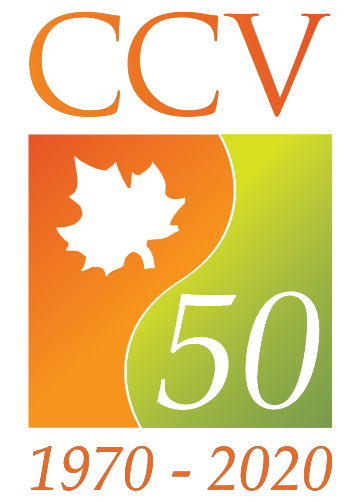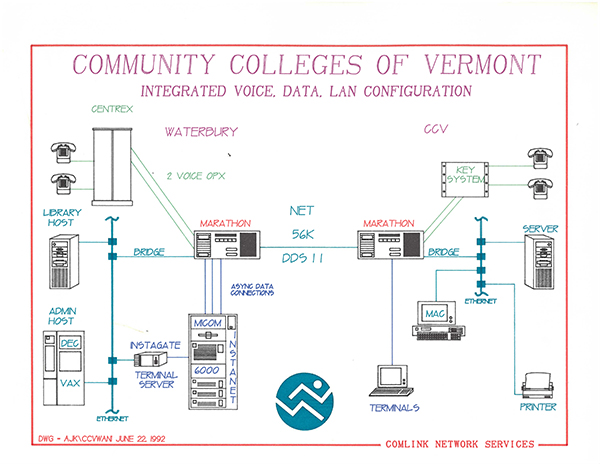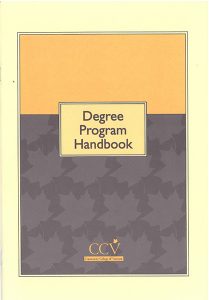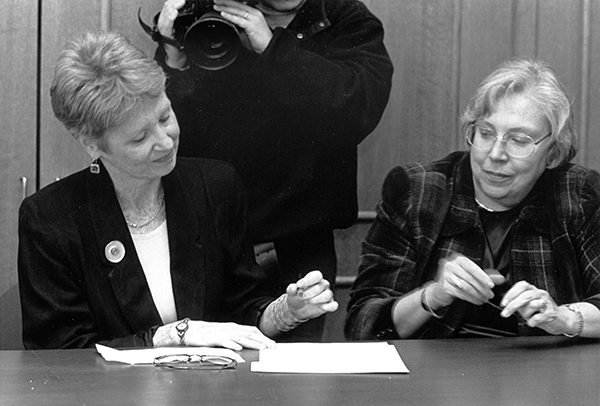 By the early 1990s, CCV serves more students each year than the other Vermont State Colleges institutions combined. With no campus, it operates from 12 leased facilities. In a quest for greater administrative efficiency and creative ways to reach geographically dispersed students, CCV embraces new technologies with vigor. Within the span of ten months, CCV’s Virtual Campus project uses emerging network and computer systems to connect all 12 locations, the library, and central administrative offices, allowing for increased and instantaneous collaboration across the College.
By the early 1990s, CCV serves more students each year than the other Vermont State Colleges institutions combined. With no campus, it operates from 12 leased facilities. In a quest for greater administrative efficiency and creative ways to reach geographically dispersed students, CCV embraces new technologies with vigor. Within the span of ten months, CCV’s Virtual Campus project uses emerging network and computer systems to connect all 12 locations, the library, and central administrative offices, allowing for increased and instantaneous collaboration across the College.


CCV embraces a culture of change. Within the Vermont State Colleges system, CCV gains recognition for its agility, responsiveness, and vision, while remaining focused on excellence in teaching and learning. Venturing into largely unmapped territory, CCV experiments with a few online courses and soon develops the capacity to deliver a wide variety of classes and programs to rural students left stranded by traditional delivery models.With this development, CCV’s 13thacademic center, the Center for Online Learning, is born.
As increased numbers of traditional-aged students aspire to continue their education beyond CCV, the College pursues special transfer agreements and gains a reputation as a pipeline into Vermont’s four-year institutions. By the end of the decade, CCV emerges as a mature, high-functioning organization with an integral place in Vermont’s higher education landscape.






